Production process of palm oil
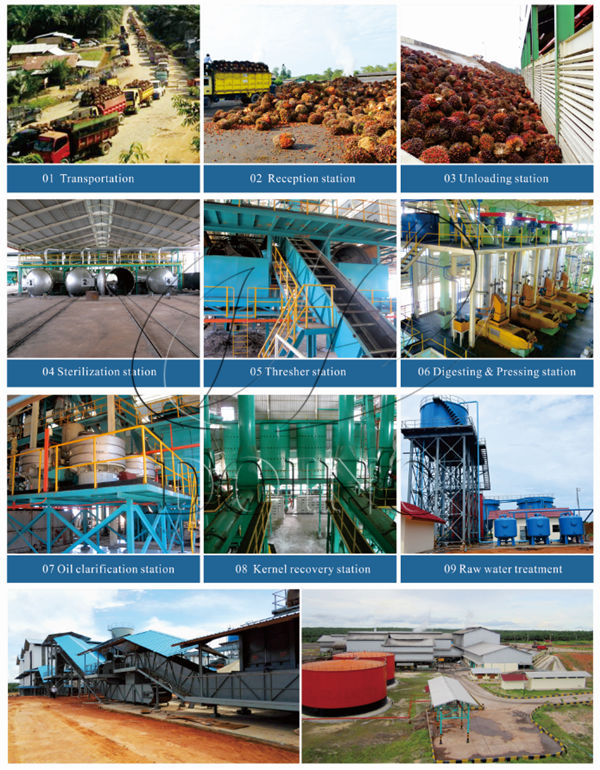
Palm oil production process
1.Harvesting
As fruit ripen, FFB are harvested using chisels or hooked knives attached to long poles. Each tree must be visited every 10-15 days as bunches ripen throughout the year. Harvesting involves the cutting of the bunch from the tree and allowing it to fall to the ground by gravity. These fruit bunches (each bunch weighing about 25 kg) are then collected, put in containers and transported by trucks to the factories (palm oil mill plant). FFB arriving in the factory are weighed accordingly.
2 Threshing (removal of fruits from the bunches)
The FFB consists of fruits embedded in spikelets growing on a main stem. Manual threshing is achieved by cutting the fruit-laden spikelets from the bunch stem with an axe or machete and then separating the fruits from the spikelets by hand.
The traditional method:
Children and the elderly in the village earn income as casual labourers performing this activity at the factory site.
The modern methods:
In a mechanised system, a rotating drum or fixed drum equipped with rotary beater bars detach the fruits from the bunches, leaving the spikelets on the stem (palm fruit threshing station).

Palm fruit threhsing machine
Sterilization or cooking means the use of high temperature wet-heat treatment of loose fruits. Cooking normally uses hot water while sterilisation uses pressurised steam. Cooking typically destroys oil-splitting enzymes and arrests hydrolysis and autoxidation, weakens the fruit stem and makes it easy to remove the fruits from bunches, helps to solidify proteins in which the oil-bearing cells are microscopically dispersed, weakens the pulp structure, softening it and making it easier to detach the fibrous material and its contents during the digestion process, breaks down gums and resins.( palm fruit sterilizing station)

Palm fruit sterilizing machine
4 Digestion of the fruit
Digestion is the process of releasing the palm oil in the fruit through the rupture or breaking down of the oil-bearing cells. The digester commonly used consists of a steam-heated cylindrical vessel fitted with a central rotating shaft carrying a number of beater (stirring) arms. Through the action of the rotating beater arms the fruit is pounded. Pounding, or digesting the fruit at high temperature, helps to reduce the viscosity of the oil, destroys the fruits’ outer covering (exocarp), and completes the disruption of the oil cells already begun in the sterilisation phase (palm fruit digesting station).
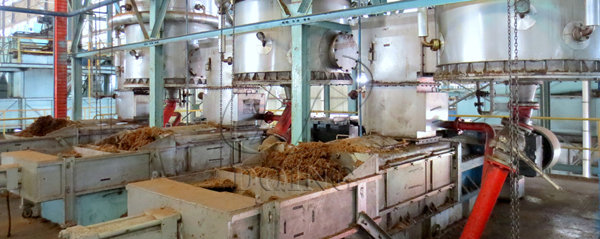
Palm fruit digesting machine
5 Extracting the palm oil
There are two distinct methods of extracting oil from the digested material. One system uses mechanical presses and is called the “dry” method. The other called the “wet” method uses hot water to leach out the oil.
In the “dry” method, the objective of the extraction is to squeeze the oil out of a mixture of oil, moisture, fibre and nuts by applying mechanical pressure on the digested mash. There are a large number of different types of presses but the principle of operation is basically the same. The presses may be designed for batch (small amounts of material operated upon for a time period) or continuous operations (palm fruit pressing station).
A unique feature of the oil palm is that it produces two types of oil – palm oil from the flesh of the fruit, and palm kernel oil from the seed or kernel. For every 10 tonnes of palm oil, about 1 ton of palm kernel oil is also obtained. Several processing operations are used to produce the finished palm oil that meets the users’ requirements. The first step in processing is at the palm oil mill plant, where CPO is extracted from the fruit (palm oil mill process).
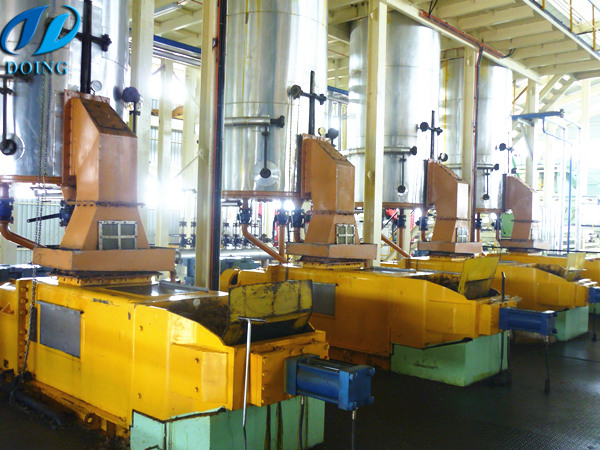
Palm fruit pressing machine
6 Kernel recovery
The residue from the press consists of a mixture of fibres and palm nuts which are then sorted. The sorted fibres are covered and allowed to heat by own internal exothermic reactions for about two or three days. The nuts are usually dried and sold to other operators who process them into palm kernel oil in through palm kernel oil processing plant.
Large-scale palm oil mill plant use the recovered fibres and nutshells to fire the steam boilers. The superheated steam is then used to drive turbines to generate electricity for the mill. For this reason it makes economic sense to recover the fibres and to shell the palm nuts. In the large-scale kernel recovery process, the nuts contained in the press cake are separated from the fibres in a depericarper. They are then dried and cracked in centrifugal crackers to release the kernels. The kernels are normally separated from the shells using a combination of winnowing and hydrocycloning.
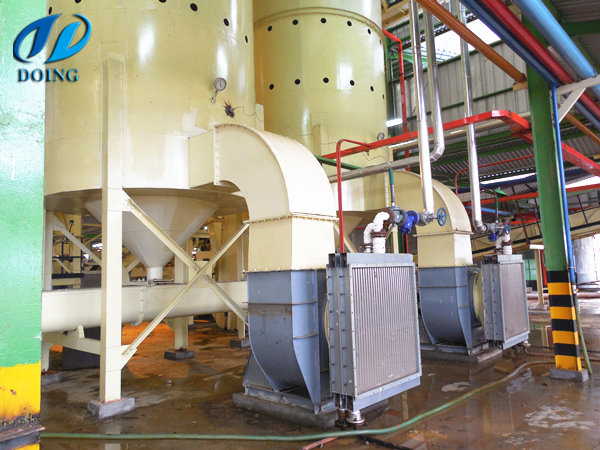
Palm kernel recovery station
7 Refining process
After the palm oil extraction process, CPO goes through a refining process to become refined oil. The refined oil will undergo a fat segregation process to get refined palm oil. Finally, the refined palm olein which is a part of palm oil fractionation process will be used in related industries (palm oil fractionation plant).
8Oil storage
Palm oil is stored in large steel tanks at 31 to 40°C to keep it in liquid form during bulk transport. The tank headspace is often flushed with CO2 to prevent oxidation. Higher temperatures are used during filling and draining tanks. Maximum storage time is about 6 months at 31°C .
9 Packing process
Having passed through production process and inspection under standard quality control system, all refined oils will be stored in a stock tank ready for delivery. It will be partly transported to modern packaging plants of the company under the sanitary and safety standard before supplying to customers in the form of refined palm olein from pericarp contained in various types of packaging availability as PET bottle, tin, and soft pack .
10 Delivery
The products will be stringently inspected before loading, and then delivery to customers by using either high standard tanker trucks for mass consumption as industrial usages or different types of truck which suite for each customer size. For export market, the products will be supply as bulk shipment by using vessel with loading capacity either 1,000 tonnes or 2,000 tonnes upon requests .
The entire palm oil production processes from harvesting of fruits bunches to oil extraction and from refinery to supply chains involve various resources and technologies at different points and associated with different environmental and social issues.
 PREV:Nigeria palm oil processing business is a highly profitable business
PREV:Nigeria palm oil processing business is a highly profitable business
 NEXT:Palm oil mill process and palm kernel crushing process description
NEXT:Palm oil mill process and palm kernel crushing process description
Leave A Message
If you want to know more information about Production process of palm oil . pls kindly leave your phone number, We will back to you ASAP once we got your message.
-

-
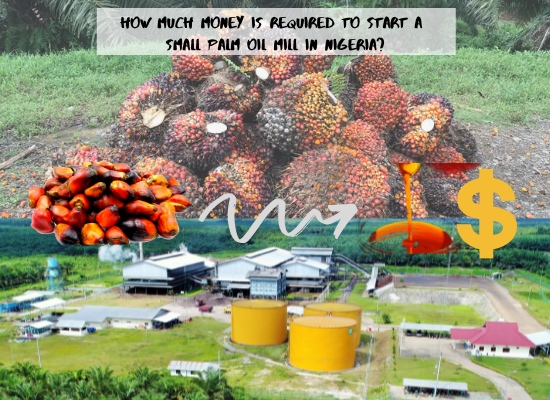
How much it will cost to set up a small scale palm oil mill in Nigeria?
-
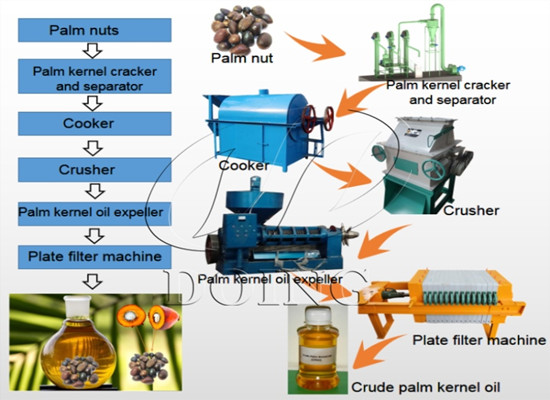
-
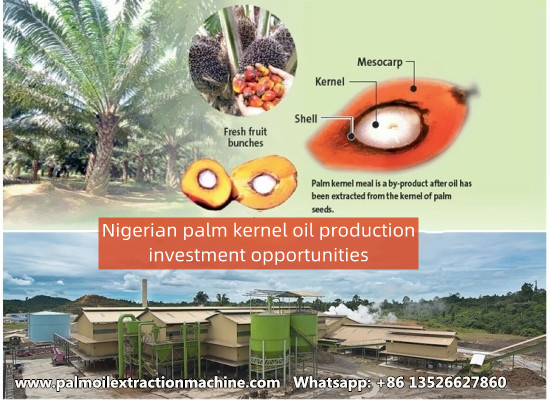
6 Reasons Why Palm Kernel Oil Production in Nigeria is a Smart Investment
-
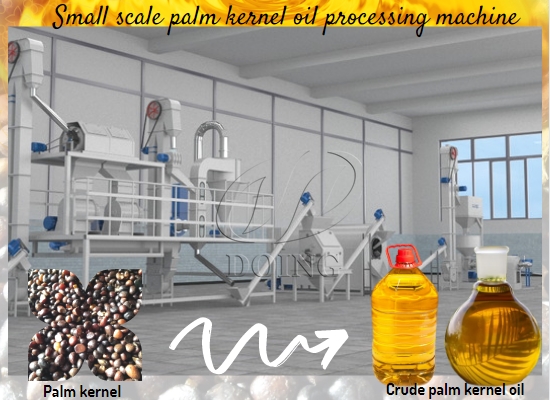
How can I get palm kernel oil in a palm kernel oil processing plant?
-
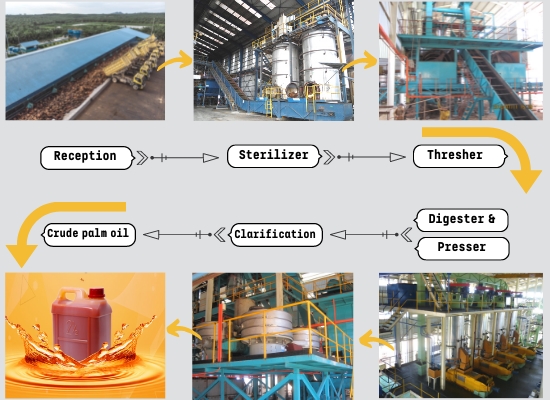
-
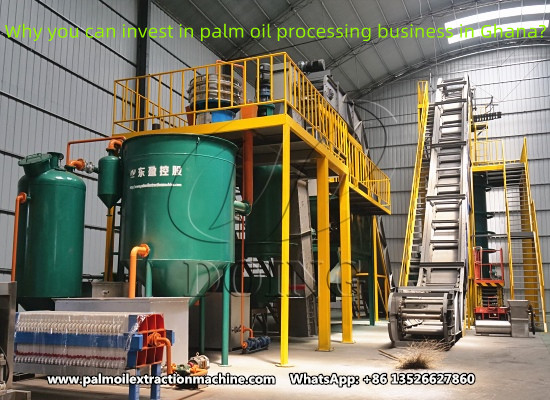
Why you can invest in palm oil processing business in Ghana?
-
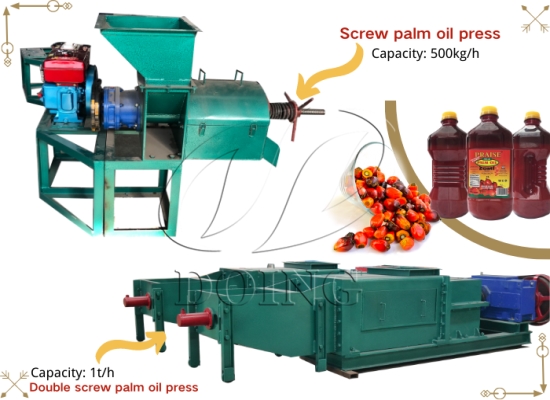
What are reasons that affect the oil yield of palm oil press?
-
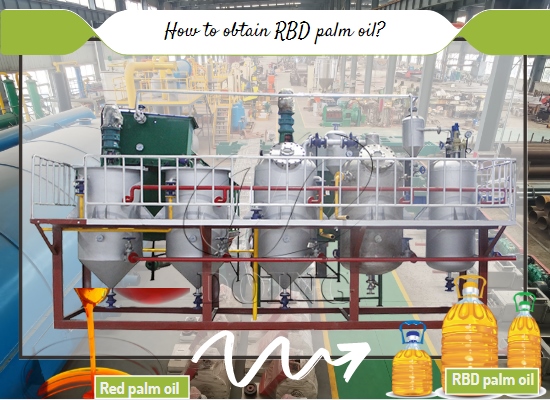
How much does it cost to setup a mini palm oil refining plant?
-
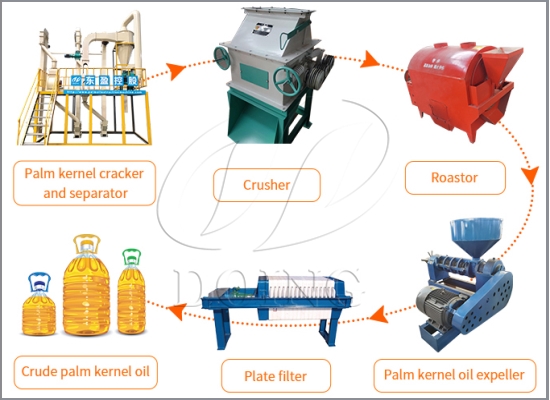
How do I start a palm kernel oil processing plant in Liberia?
-
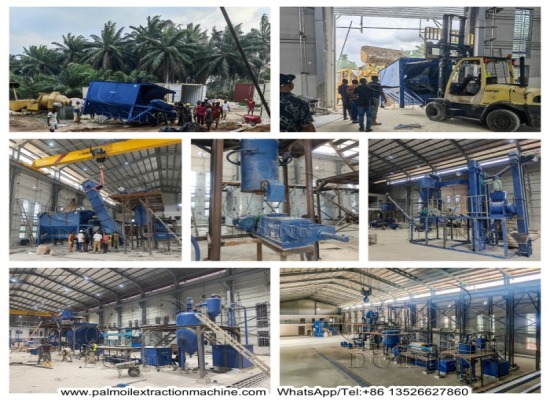
2tph Palm Oil and Palm Kernel Oil Processing Machines Project in Nigeria
-

-

-
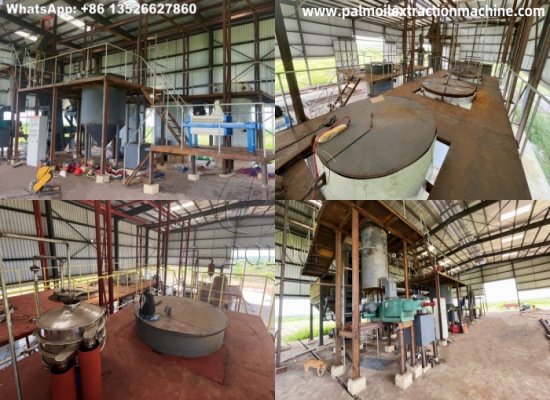
1tph palm oil pressing machines successfully installed in Lagos, Nigeria
-
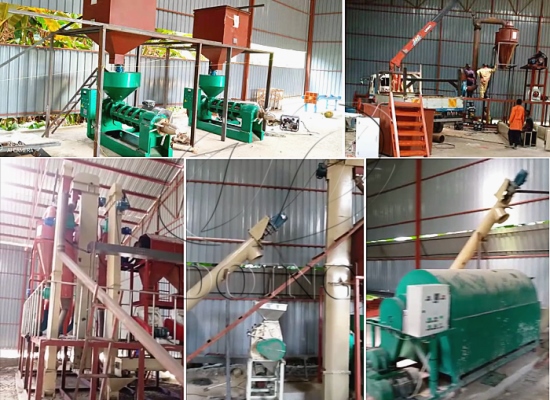
-
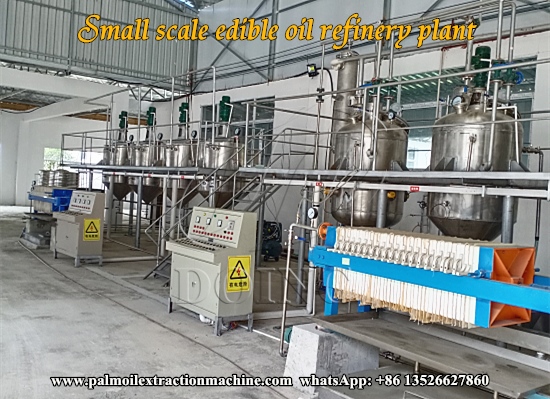
-
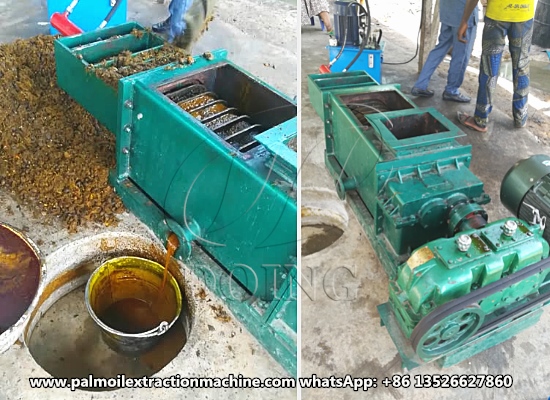
-
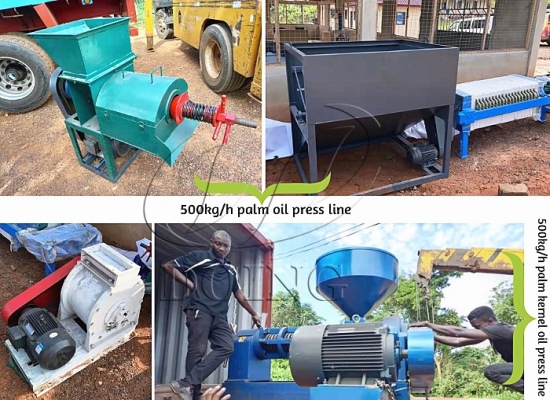
500kg/h palm oil and palm kernel oil processing plant project in Ghana
-
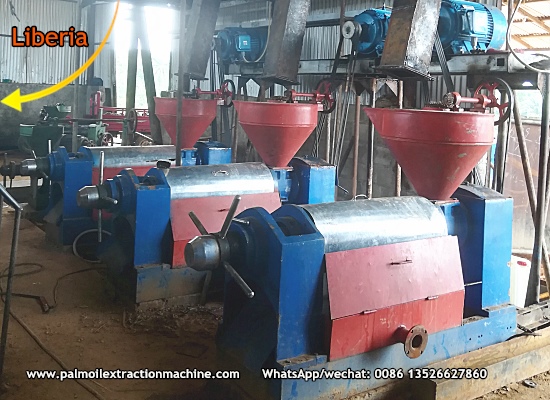
-
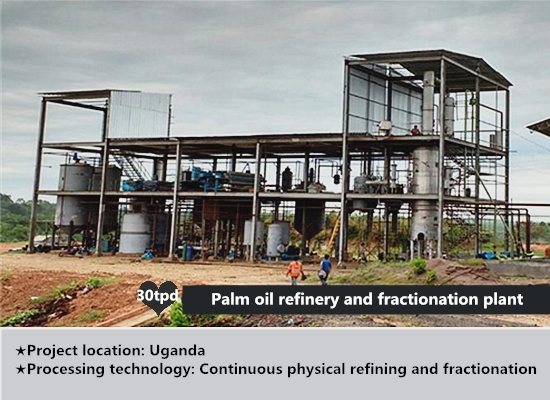
30tpd palm oil refinery and fractionation plant project successfully installed in Uganda


